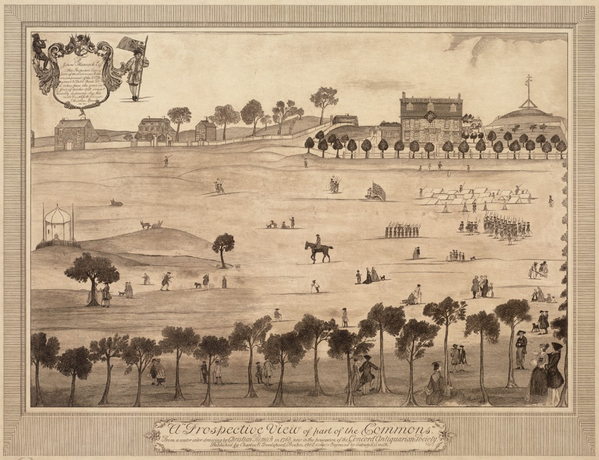On a cold day in December, I set out on a walk across Boston Common and over Beacon Hill to visit Boston's Museum of African American History, located in the historic African Meeting House, on the back slope of Boston's famed 'gold coast' neighborhood of Beacon Hill.
Sadly, when I arrived, I discovered a Covid-era rule: no same-day visiting and it was my last day in Boston. The meeting house has a long and important history; built in 1806, it is the oldest standing Black church building in America. Ironically, when it opened, the ground-floor pews were reserved for white benefactors.
It is also where William Lloyd Garrison founded the New England Anti-Slavery Society; Frederick Douglass recruited African-Americans here to fight in the Civil War. By the end of the 19th century, most of its congregation had moved as the fancier parts of Beacon Hill expanded. Later, until 1972, it was a synagogue before becoming a museum in 1974.
In Boston, of course, Beacon Hill is more than a neighborhood; it also means the state government in the way we speak of Washington, the Capitol, the White House. The gold dome of the State House is, in its own way a beacon; it can be seen over a wide area. Built in 1795, facing the Boston Common, it was designed by Charles Bulfinch, who later designed the U.S. Capitol.
The Common, along with the adjacent Public Garden, is Boston's right-in-the-center park, and it's effectively the front lawn for Beacon Hill and the State House. The image below shows how it looked when John Hancock lived in the house at right. It's gone, now. Most of the land was sold as the site for the State House in 1795, and the house was torn down in 1863 despite attempts to save it as a museum or governor's residence.
Hancock Manor wasn't the only thing torn down: In the early 1800s, Beacon Hill was shaved from 138 feet to less than 80 feet, with the spill used to fill marshes and parts of Boston Harbor. Two other hills, Pemberton and Mount Vernon were also cut down, and the fill projects doubled Boston's land area. The tower seen below and at right in the old engraving above is the beacon that gave the hill its name; it was meant to give warning of any invasion.
The arrival of the State House and the leveling of the hill spurred the arrival of more mansions for wealthy Bostonians, who came to be called the Brahmins of society. Many of the houses facing the Common and some of the more 'desirable' streets are still single-family homes, like those below; on other streets more have been turned into or built as apartments, some of them quite impressive in appearance.
Some are a bit shy about facing the street; I saw several with covered side entrances like this one.
Many elegant doorways, but only a few houses with their own lampposts in the side alley.
The streets show a mix of architectural idioms, from the Federal lines of some of the earliest to larger Victorian forms.
In places, late Victorian blends into Arts and Crafts-era forms and metalwork.
And here are there are a few whose size and style help them stand out against all competition.



Comments (0)